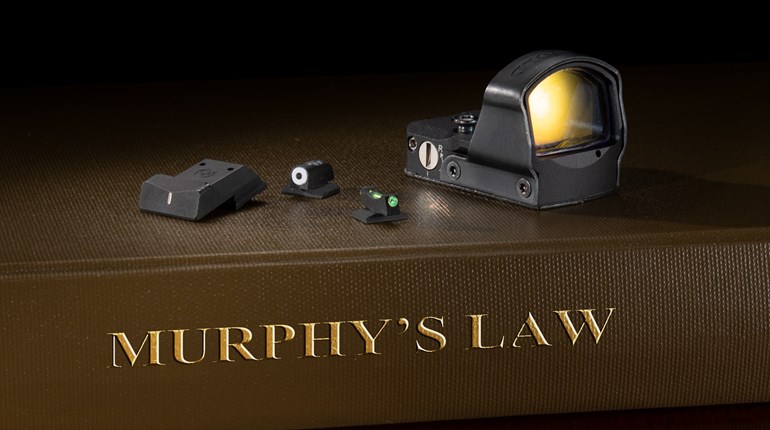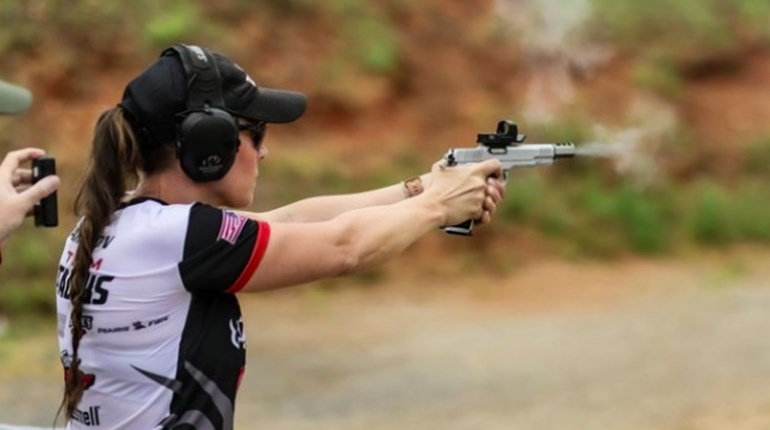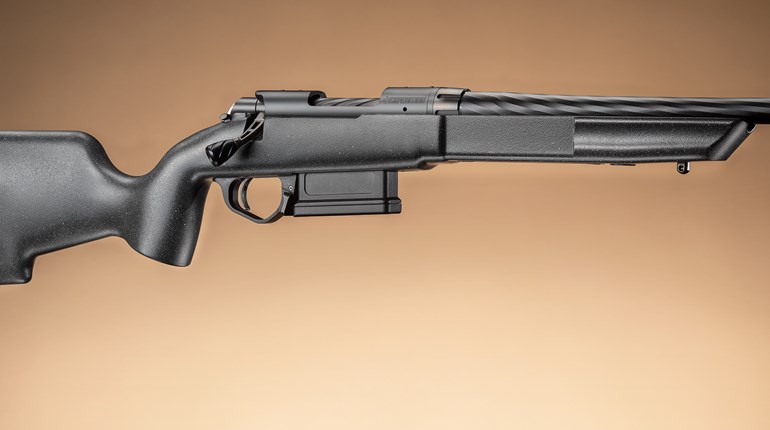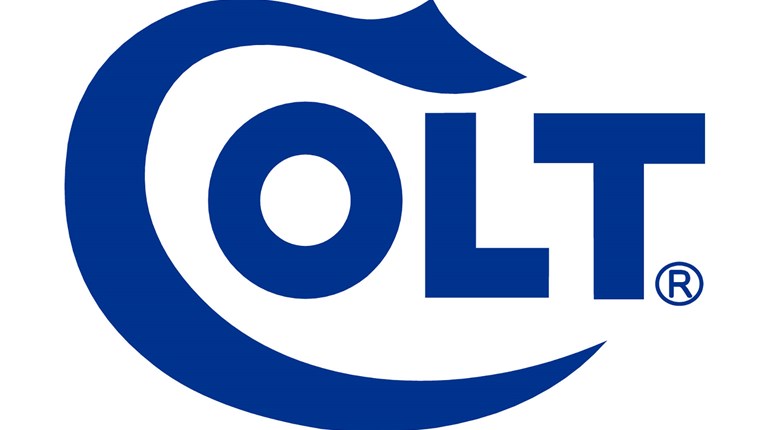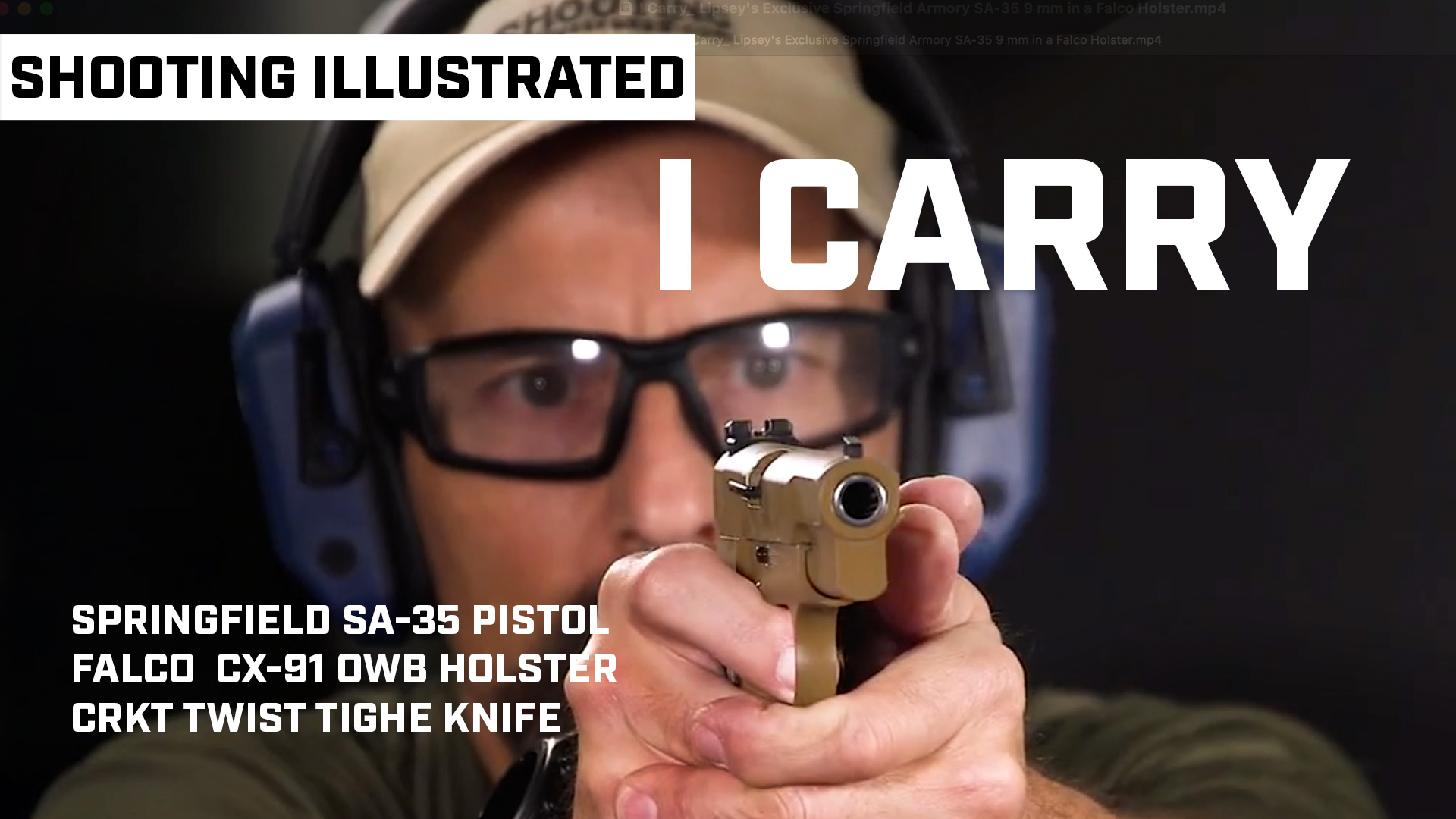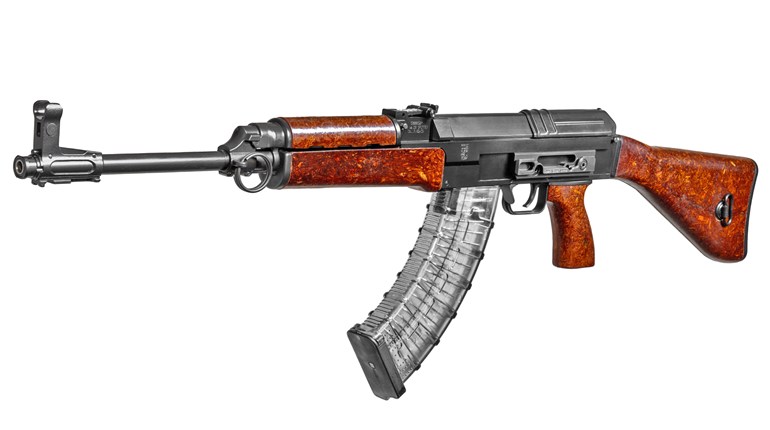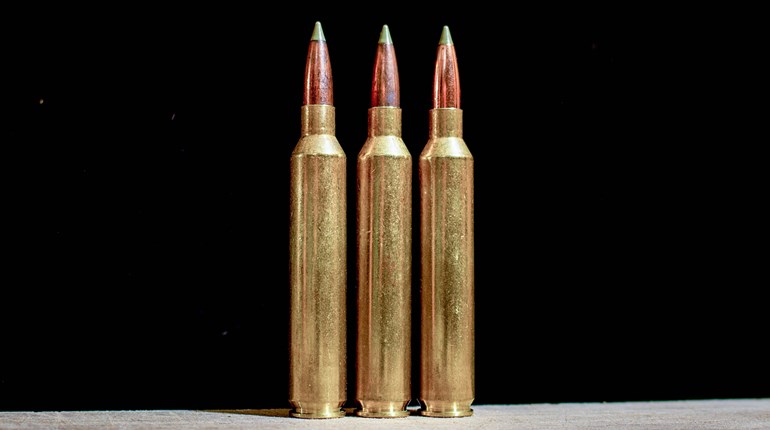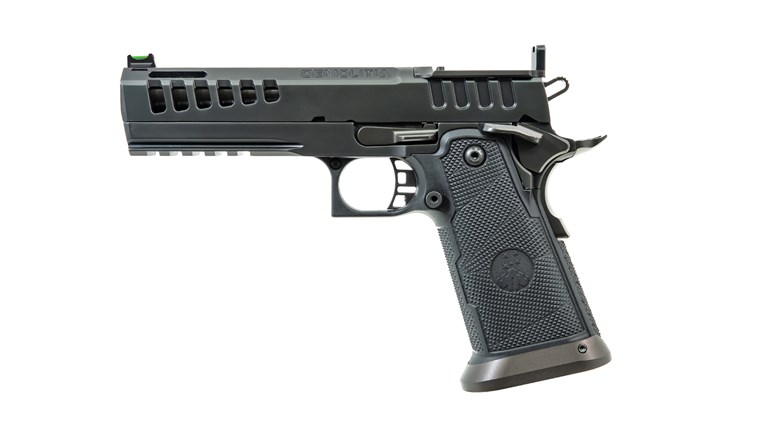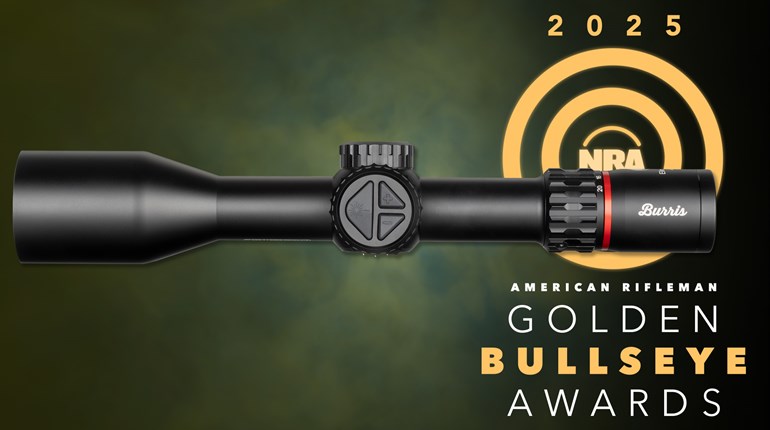
I first started putting nose prints on the glass of gun- store display counters in the mid- to late-1980s, before I was even old enough to buy a handgun from an FFL. I’d purchased a Ruger 10/22 and a couple 25-round magazines, which was practically the Official Firearm-Owner Starter Kit in those days (and arguably still is), but I was already planning what would be my first handgun when I turned 21.
What I wanted was a Beretta 92, the star of the silver screen at that time, but realistically I was probably going to be limited by my poor 20-something retail clerk’s budget to the Beretta’s near-clone, a Taurus PT-92.
The crusty old dudes at one gun shop I patronized tried to dissuade me from a semi-automatic. “All those things are jammomatics! What you need is a real fighting handgun; a fixed-sight, medium-frame wheelgun with a round butt and a 3-inch heavy barrel. It’s what the FBI issues to its agents. Load that thing up with 158-grain +P lead semi-wadcutter hollowpoints and you’ll be good to go.”
At the time, that meant choices were limited to the Smith & Wesson Models 10 or 13 or their stainless equivalents, the 64 and 65.
These days, Smith is more or less out of the 3-inch fixed-sight, heavy-barrel business. I wonder what those early mentors of mine would say to Taurus’ high-tech entry in that market niche, the new Defender 856 T.O.R.O.

I mean, one of the key features of that ideal carry-combat revolver from the good ol’ days was having fixed sights, and a holographic red-dot sight can be called anything but non-adjustable, right?
Well, let’s examine the reasoning behind each of the specific features on their platonic-ideal of a packin’ revolver and then see if the red dot on the Defender 856 T.O.R.O. still fulfills the spirit of the blueprint.
For starters, we’re looking for a medium-frame revolver, because a six-shot medium frame offers a 20-percent ammo capacity bump beyond that of the classic five-shot Chiefs Special format.
Taurus bills the 856 as a small-frame revolver because, as the name implies, it is an evolution of its classic Model 85. The 85 was a five-shot .38 Spl., doing direct battle in the marketplace with Smith & Wesson’s J-frames. However, as part of its evolution, the 856 needed to get a little swole to accommodate a sixth round in the cylinder. Now, it’s more comparable in size to the Colt D-frame Detective Special and Cobra family of revolvers that competed for the snubby market.
The 856 may not technically be a full-on, medium-frame revolver, but it will fit in some Smith & Wesson K-frame leather, and in a pinch it can eat out of the same speedloaders, provided you aren’t trying to load full wadcutters in a hurry. Since our platonic carry revolver is intended for a belt holster rather than pocket or ankle carry, this size increase is no biggie.

The 3-inch heavy barrel (signified in Taurus marketing-speak by the “Defender” label) is another element of the classic formula. The barrel length ekes out a bit more muzzle velocity than the more normal 2- or 2.5-inch lengths, as well as putting a bit more weight out over the muzzle, theoretically helping to tame recoil. The 3-inch barrel was also believed to be faster out of a concealed belt holster than a 4-inch tube and, if carried outside the waistband, it used a shorter holster that was less likely to peek its snout out from underneath the hem of a concealing jacket or vest.
One last advantage of the 3-inch barrel was that it allowed an ejector-rod stroke that was long enough to lift the spent cases of .38 Spl. or .357 Mag. shells completely out of the chambers. Inexplicably, Taurus neglected to exploit this advantage and used a shorter ejector rod, probably for reasons of parts commonality. Practice good revolver reload discipline, pointing the muzzle skyward and smacking the ejector rod like the gun owes you money, and you’ll likely never notice the slightly abbreviated ejector. Get sloppy, and you might. I won’t lie, though: This is a thing Taurus should fix in future 3-inch iterations of the 856.
If you don’t actually mount a red-dot sight, the natural stainless Defender 856 T.O.R.O. has an advantage in the sighting department over the blackened model, in that both have blackened front-sight blades, but on the natural stainless model, the front-sight blade stands out against the silver notch of the topstrap channel, whereas everything sort of melds into a murky mess on the blackened version when applied in anything less than ideal lighting conditions.

But, if you weren’t going to mount a red dot, would we even be here?
The big difference between the regular Defender 856 and the T.O.R.O. variant is the two large, threaded holes milled in the sight channel on the topstrap, and the contents of a little plastic bag included in the cardboard box from Taurus.
The contents of the bag include an optics mounting plate, a pair of screws to secure it to the topstrap of the revolver and replacement screws to attach a Holosun 507k optic to the plate, since the Holosun factory screws are an incorrect length for the plate.
On the revolver I used for range testing, we secured a Holosun EPS Carry optic from our friends at Big Tex Ordnance and set off to dial it in at Indy Arms Company. This was where some initial hilarity ensued. The first attempts to get the optic dialed in at ranges from 7 to 10 yards using Black Hills 148-grain Match wadcutter ammunition left me baffled. Even with elevation adjustments bottomed out on the EPS Carry, the slow-moving, low-recoil wadcutters were hitting several inches high out to 10 yards.
Scrambling through my on-hand stockpile of .38 Spl. ammunition, I quickly got the dot sorted at 10 yards with Hornady Critical Defense Lite and had plenty of adjustment range for other personal-defense loads. It turned out that preproduction T.O.R.O. revolvers shipped with the same optic-mounting plates, whether they were .38 Spl. 856s or whether they were .357 Mag. 605s. That makes a huge difference in point-of-impact variance, and the problem has supposedly been addressed.
So, does this wheelgun with the Holosun EPS Carry meet the spirit of the “fixed-sight carry revolver” spec that those old guys extolled? Well, the insistence on fixed sights stemmed from two things:
First, classic adjustable sights on revolvers had metal rear sight blades that would abrade shirts, tear up the lining of cover garments, and slice up exposed tummy skin should you wear it in deep concealment against your bare hide. This could be mitigated by carefully stoning all the exposed edges of the rear-sight blade and then using careful dabs of cold blue to blend the resultant shiny spots—but this still left the other weakness of an adjustable rear revolver sight: The difficulty of holding zero.
Unlike semi-autos, revolvers will function with an assortment of loads that have an array of points-of-impact. The end user of a fixed-sight wheelgun can either settle for a load that shoots to the factory sights, or they can pick a load that accomplishes the terminal ballistics chore they need—and then use pliers, files and blowtorches to get the fixed sights on their revolver to match it. Sorta.
With the closed-emitter Holosun EPS Carry on the Taurus Defender 856 T.O.R.O., both of these problems are solved. The sight itself is smooth and rounded on the outside and unlikely to carve up the tender epidermis of the end user, even if it’s stuffed in a PHLSter Enigma rig. Further, it can be adjusted to match the point-of-impact for whatever .38 Spl. round meets the user’s needs without worry that a bump of the sight will cause it to lose zero. Just remember to change the sight’s batteries on a reasonable schedule.
Your humble scribe is going to be carrying it for the next year, taking it to classes and matches to see if it is truly workable. But, bear in mind the wheelgun has a knack for remaining viable despite the passage of time.













